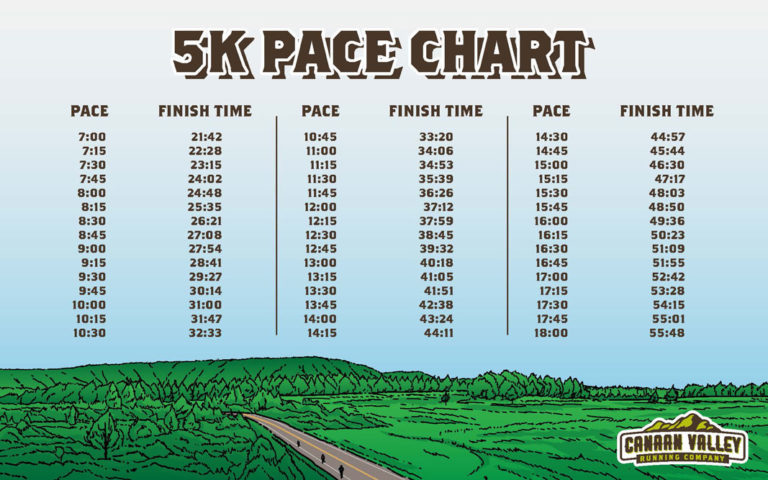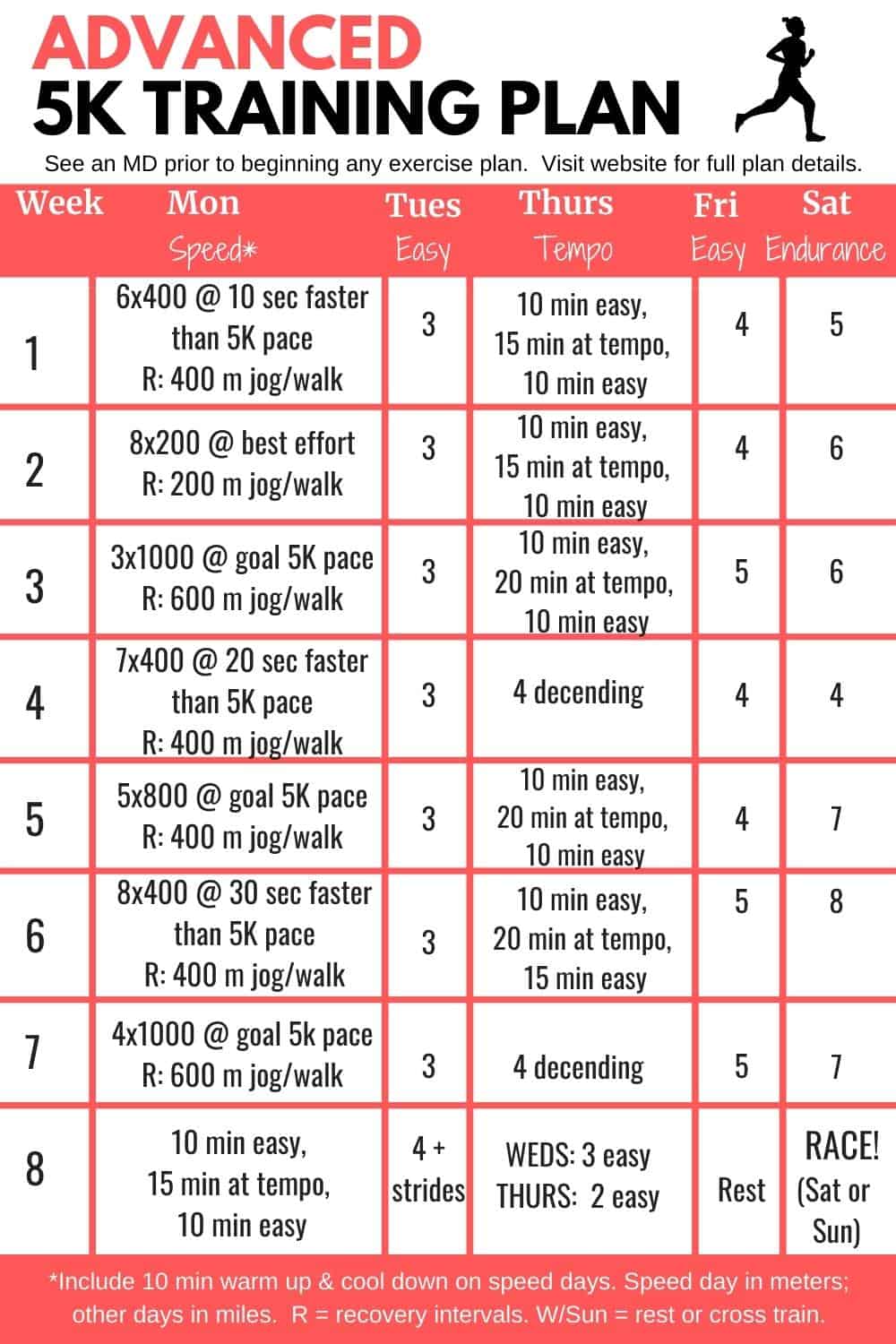What Constitutes a Competitive 5K Time?
A competitive 5K time can vary significantly based on factors such as age, gender, and fitness level. For recreational runners, a respectable 5K time might range from 25 to 35 minutes, while competitive runners often strive for times below 20 minutes. Elite athletes can complete a 5K in under 15 minutes. However, it’s essential to establish personal goals based on your unique circumstances and capabilities.
Assessing Your Fitness Level: Preparing for a Competitive 5K
Before diving into a rigorous training plan for a competitive 5K time, it’s crucial to evaluate your current fitness level. This assessment will help you establish a baseline for your running pace, endurance, and strength, allowing you to create a personalized training plan that caters to your unique needs and goals. Here are some tips on how to gauge your fitness level:
- Record your baseline 5K time: Run a 5K at a comfortable pace to establish a starting point. This time will serve as a benchmark to measure your progress throughout your training.
- Assess your running pace: Determine your average mile pace during easy runs, interval training, and long-distance runs. This information will help you tailor your training plan and track improvements over time.
- Evaluate your endurance: Measure your endurance by tracking the distance and duration of your runs. Gradually increasing your weekly mileage will help improve your overall stamina and prepare you for a competitive 5K time.
- Test your strength: Incorporate strength training exercises into your routine to assess and enhance your muscular fitness. Focus on core, leg, and upper body exercises to support your running performance.
Creating a Personalized Training Plan
A well-structured training plan is essential for any runner aiming to achieve a competitive 5K time. Tailoring your plan to your individual needs and goals will help you progress systematically and reach your full potential. Here are some key components to consider when designing your personalized training plan:
- Interval training: Incorporate high-intensity interval training (HIIT) sessions into your routine to improve speed and cardiovascular fitness. Alternate between short bursts of intense running and recovery periods at a slower pace.
- Tempo runs: Schedule regular tempo runs at a challenging yet sustainable pace to build endurance and mental toughness. These runs should be performed at around 80-90% of your maximum heart rate and can help you maintain a strong pace during races.
- Long-distance runs: Gradually increase your weekly long-distance run to enhance your overall endurance and prepare your body for the physical demands of a 5K race. Aim to build up to a distance that is approximately 80-90% of your target 5K race distance.
- Rest and recovery: Schedule regular rest days and active recovery sessions to allow your body to heal and adapt to the increased training load. This will help prevent injuries and ensure that you are well-rested for key workouts and races.
- Cross-training: Include cross-training activities, such as swimming, cycling, or yoga, to improve overall fitness and reduce the risk of injury. These activities can also help alleviate boredom and monotony in your running routine.
Incorporating Strength Training and Flexibility Exercises
Strength training and flexibility exercises play a crucial role in improving running performance and preventing injuries. By incorporating these elements into your training routine, you can enhance your running efficiency, power, and resilience, ultimately contributing to a faster competitive 5K time.
Strength Training
Incorporating strength training exercises into your routine can help improve your running economy, increase power, and reduce the risk of injury. Focus on exercises that target the core, legs, and glutes, such as:
- Squats
- Lunges
- Deadlifts
- Step-ups
- Planks
- Bridges
Flexibility Exercises
Stretching and flexibility exercises can help improve your running form, reduce muscle imbalances, and prevent injuries. Aim to include dynamic stretches before your runs and static stretches after your runs, focusing on areas such as the hamstrings, calves, hips, and lower back.
- Leg swings
- High knees
- Butt kicks
- Walking lunges
- Hip circles
- Downward dog
- Pigeon pose
By consistently incorporating strength training and flexibility exercises into your training plan, you can build a strong foundation for success in achieving a competitive 5K time.
Nutrition and Hydration for Competitive Runners
Proper nutrition and hydration are vital components of any training plan aimed at achieving a competitive 5K time. Fueling your body with the right nutrients and staying hydrated can significantly impact your running performance, endurance, and recovery. Here are some practical tips and recommendations for pre-run, during-run, and post-run meals and beverages.
Pre-Run Meals
Aim to consume a balanced meal 2-3 hours before your run, focusing on carbohydrates, lean protein, and healthy fats. Some examples include:
- Whole grain toast with avocado and scrambled eggs
- Oatmeal with fruit and nuts
- Greek yogurt with granola and honey
During-Run Hydration and Fuel
For runs longer than 60 minutes, consider consuming carbohydrates and water or sports drinks to maintain energy levels and prevent dehydration. Some options include:
- Energy gels or chews
- Sports drinks or water mixed with electrolyte tablets
- Fruit, such as bananas or oranges
Post-Run Meals
After your run, focus on replenishing your glycogen stores and repairing muscle tissue with a meal containing carbohydrates, protein, and antioxidants. Some examples include:
- Grilled chicken or tofu with quinoa and roasted vegetables
- Salmon with sweet potato and steamed broccoli
- Chocolate milk and a banana
By prioritizing proper nutrition and hydration, you can optimize your performance and support your body’s recovery as you work towards a competitive 5K time.
Mental Preparation and Race Strategy
Achieving a competitive 5K time is not only about physical training but also about mental preparation and strategy. A strong mindset can help you push through challenging moments during your race and maintain focus on your goals. Here are some tips on visualization, goal-setting, and pacing to optimize your mental game and improve your 5K performance.
Visualization
Visualization is a powerful tool that can help you prepare mentally for race day. By picturing yourself crossing the finish line, maintaining a strong pace, and overcoming obstacles, you can build confidence and resilience. Practice visualization techniques during your training, focusing on your form, breathing, and mental strength.
Goal-Setting
Setting clear, realistic goals can help you stay motivated and focused throughout your training. Break your overall goal of achieving a competitive 5K time into smaller, incremental objectives, such as improving your pace, increasing your weekly mileage, or setting personal bests in interval training sessions. Regularly review your progress and adjust your goals as needed.
Pacing
Effective pacing is crucial for a successful 5K performance. Start with a pace that feels comfortable and gradually increase your speed as you warm up. Use landmarks or mile markers to guide your pacing and avoid starting too fast, which can lead to fatigue and poor performance. Practice pacing during your training runs to develop a sense of your ideal race pace.
By incorporating mental preparation and race strategy into your training plan, you can optimize your mindset and enhance your chances of achieving a competitive 5K time.
Monitoring Progress and Adjusting Your Training Plan
Monitoring your progress and making adjustments to your training plan is essential for continuous improvement and achieving a competitive 5K time. By tracking your performance, you can identify areas for improvement, celebrate your achievements, and maintain motivation throughout your training journey. Here are some useful tools and techniques to monitor your progress and make informed adjustments to your plan.
Tracking Running Metrics
Invest in a running watch or smartphone app to track essential running metrics, such as pace, distance, heart rate, and cadence. Regularly review your data to identify trends, set new goals, and adjust your training plan as needed.
Setting SMART Goals
Use the SMART (Specific, Measurable, Achievable, Relevant, Time-bound) goal-setting framework to create clear, actionable objectives for your training. By setting SMART goals, you can ensure that your targets are realistic, relevant, and aligned with your overall objective of achieving a competitive 5K time.
Periodic Assessments
Schedule periodic assessments to evaluate your progress and make adjustments to your training plan. For example, you might perform a time trial every 4-6 weeks to assess your current 5K pace or reassess your fitness level every 8-12 weeks to ensure your plan remains tailored to your needs and goals.
Communicating with a Coach or Training Partner
Consider working with a running coach or partner who can provide valuable feedback, support, and guidance throughout your training. By sharing your progress and challenges with a trusted advisor, you can gain valuable insights and make informed decisions about your training plan.
By consistently monitoring your progress and making adjustments to your training plan, you can optimize your performance and increase your chances of achieving a competitive 5K time.
Staying Motivated and Overcoming Challenges
Maintaining motivation and overcoming challenges are essential aspects of achieving a competitive 5K time. As you progress through your training, you may encounter various obstacles, such as injury, burnout, or plateaus in performance. By implementing effective strategies to stay motivated and overcome these challenges, you can continue to make progress and ultimately reach your goals.
Setting Realistic Expectations
Setting realistic expectations for your training and performance can help prevent disappointment and burnout. Acknowledge that progress takes time and be patient with yourself as you work towards your competitive 5K time. Celebrate small victories and recognize that setbacks are a natural part of the training process.
Creating a Supportive Training Environment
Surrounding yourself with a supportive community of runners, friends, and family can significantly impact your motivation and overall training experience. Join a local running group, engage with online running communities, or find a training partner to help keep you accountable and motivated throughout your journey.
Implementing Cross-Training Activities
Incorporating cross-training activities into your routine can help prevent boredom and burnout while also improving your overall fitness. Consider activities such as swimming, cycling, or yoga to add variety to your training and challenge your body in new ways.
Managing Injuries and Setbacks
If you experience an injury or setback during your training, it’s crucial to address the issue promptly and seek professional advice if necessary. Modify your training plan as needed, focusing on low-impact activities or rehabilitation exercises to maintain fitness while allowing your body to heal. Stay positive and remember that setbacks are temporary and can often lead to greater resilience and determination in the long run.
By implementing these strategies, you can maintain motivation, overcome challenges, and ultimately achieve a competitive 5K time.








